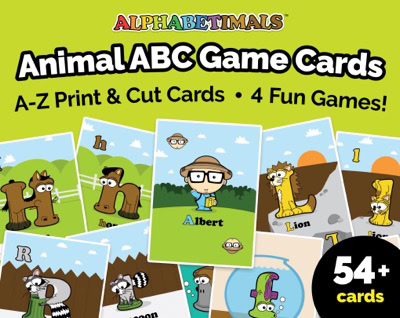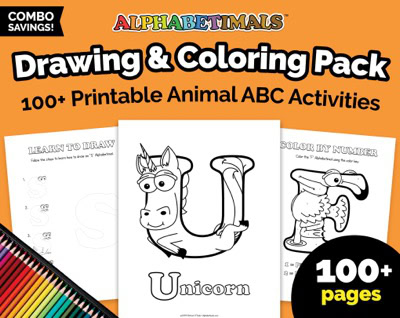
Chipmunks are small, cute animals with stripes on their backs. These little critters love to explore, climb, and gather food. Kids can have lots of fun learning about chipmunks and how they help the places where they live!
Watch a Chipmunk in Action!
See how fast and busy chipmunks can be as they run, climb, and scurry around in the wild.
What Is a Chipmunk?
Chipmunks are small rodents with cheek pouches to carry food. They are curious and quick!
- They have stripes on their back and tail.
- They use cheek pouches to carry nuts and seeds.
- They are friendly and fun to watch.
Where Do Chipmunks Live?
Chipmunks live in forests, parks, and gardens, and they make spots to rest and store food.
- They live in North America and parts of Asia.
- They build burrows under logs, rocks, or tree roots.
- They like places with lots of trees and bushes.
What Do Chipmunks Eat?
Chipmunks eat many kinds of food and use their cheek pouches to store it.
- Nuts and seeds, like acorns and sunflower seeds.
- Fruits such as berries.
- Small insects or bird eggs sometimes.
How Big Is a Chipmunk?
Chipmunks are small and light—with size comparisons kids know easily!
- Length: about 8–10 inches (20–25 cm) from nose to tail.
- Weight: about 2–5 oz (60–140 g), like two small apples.
What Sound Do Chipmunks Make?
Chipmunks chitter and whistle to talk to each other or warn about danger. They can make high-pitched calls and tiny chatters.
Cool Chipmunk Facts
Chipmunks do lots of interesting things that kids love!
- They can run up to 8 miles per hour (13 km/h).
- They store food in burrows and may gather up to 3,000 seeds!
- They are excellent climbers and jumpers.
- They hibernate in winter and wake up to eat stored food.
- They have cheek pouches that can stretch to their shoulders.
- They wash their food with their paws before eating.
- Baby chipmunks are born blind and stay in the burrow for a few weeks.
Printables and Coloring Fun
Print or play with chipmunk coloring fun!
Chipmunks in the Eco‑System
Chipmunks help plants grow while they stay safe in nature.
- They spread seeds that help new trees grow.
- Their burrows help air and water reach the ground.
- There are many chipmunks in forests, and they are not endangered.
Ask a Grown‑Up to Help You Learn More
These websites have more great facts about chipmunks.
- National Geographic Kids: Chipmunk
- Britannica – Chipmunk | Diet, Habitat, & Facts
- Havahart – Facts About Chipmunks
Fun Questions About Chipmunks
They are brown with black and white stripes on their back.
They can climb trees but live in burrows on the ground.
Yes! They can swim a little bit if they need to.
They chitter and whistle to speak with other chipmunks.
They often live about 2 to 5 years in the wild.
No. They are wild animals and do best in nature.
They are born without fur and with their eyes closed.
They are awake during the day, especially in morning and evening.
Ways to Donate and Support Chipmunks
You can help chipmunks by protecting forests and planting native trees. You can also support groups that help protect their homes.
Sources: Wikipedia, Live Science, Creative Commons, Britannica.com and Freesound.org

Alphabetical list of animals that start with C
A full alphabetical list of popular animals that start with the letter C for toddlers and preschool kids.
- Caiman
- Camel
- Capybara
- Caracal
- Cassowary
- Cat
- Caterpillar
- Catfish
- Centipede
- Chameleon
- Cheetah
- Chicken
- Chimpanzee
- Chinchilla
- Chipmunk
- Cicada
- Civet
- Clown Fish
- Coati
- Cobra
- Cockroach
- Coral
- Cougar
- Cow
- Coyote
- Crab
- Crane
- Crocodile
- Cuttlefish
Which one should be the next Alphabetimal? Let us know on our facebook page.
All animals A-Z
Animal phonics alphabet
Animals that start with common phonics digraphs
Animal facts for kids
Other animal collections
Try our Printable Alphabet Worksheets! Download a FREE SAMPLE or preview all 200+ on Etsy.com or TeachersPayTeachers.com



